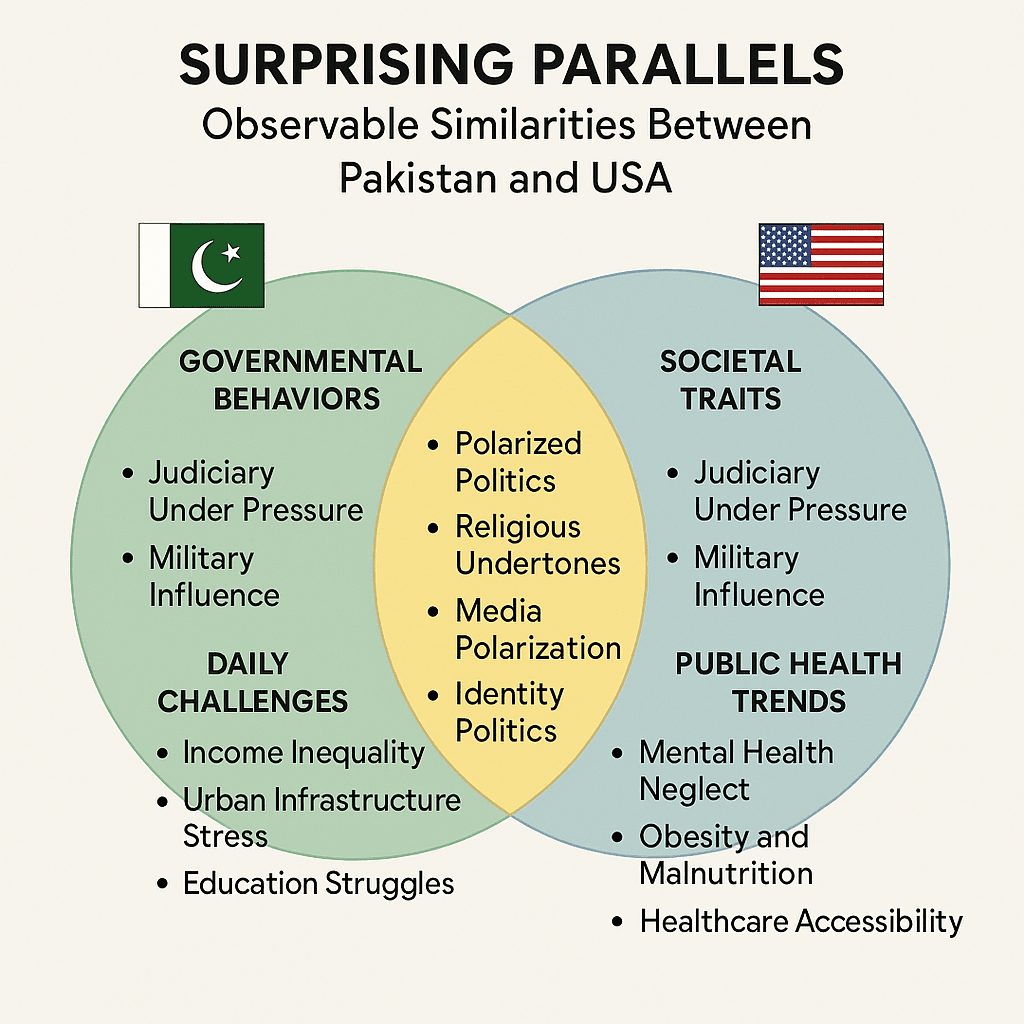How India reinvented it’s Cricket?
India’s journey in cricket is nothing short of remarkable, transforming the nation from an underdog to a global powerhouse. This evolution is a compelling narrative that reflects India’s broader socio-economic and technological ascent, driven by strategic leadership, commercial innovation, technological adoption, and a deeply rooted, self-sustaining grassroots ecosystem. It’s a story that extends far beyond the grand stadiums, reaching into the vibrant, often unseen, layers of the sport that truly define ‘real India’ and its future trajectory.
The Genesis of Transformation: From Underdog to Apex Predator
For decades, Indian cricket was often characterized by its struggles, particularly in the demanding five-day Test format. Once considered “just a participant in the game,” a team “meant to be beaten by all,” India’s cricketing identity was largely defined by its spin bowlers at home and a perceived lack of physical prowess and aggressive intent overseas. The team’s composition often reflected a more aristocratic or bureaucratic background, far removed from the common populace.
However, the last few decades have witnessed a seismic shift. The initial tremors of change began with the audacious vision of an Australian media mogul. While the first One Day International (ODI) was played in 1971, it was Kerry Packer’s World Series Cricket (WSC) in the late 1970s that truly revolutionized the limited-overs format. Packer introduced innovations like colored uniforms, day-night matches under floodlights, white balls, and multi-camera angles, fundamentally transforming cricket into a commercial entertainment product and professionalizing player earnings. This laid the commercial groundwork for cricket’s future.
The 1983 World Cup Triumph: A Historic Beginning
For India, the true watershed moment arrived with the 1983 World Cup victory. Prior to this tournament, Indian cricket was largely viewed as an underdog, with limited international successes. Under the captaincy of Kapil Dev, the team entered the competition with modest expectations, facing a formidable West Indies side that had dominated world cricket.
Despite initial struggles in the group stage, India gained significant momentum, showcasing exceptional skill and resilience. The semifinal against England proved to be a turning point, where India successfully chased down a modest total. However, it was the final at Lord’s on June 25, 1983, that truly etched India’s name in history. Facing the seemingly unchallengeable West Indies, India adopted a strategy of disciplined bowling and fielding. Despite a modest innings total of just 183 runs, the Indian team displayed incredible tenacity and teamwork, ultimately dismissing the West Indies for 140 runs.
This monumental win secured India’s first World Cup and revolutionized the sport within the country. It was more than a sporting achievement; it was a national awakening that shattered the perception of India as a cricketing minnow and ignited a passion for the limited-overs format that would later become a commercial juggernaut. Cricket transitioned from a mere pastime to a national obsession, inspiring a generation of players and fans. The victory ignited enthusiasm and brought a renewed sense of identity to Indian cricket, spurring investments in infrastructure and coaching that laid the foundation for future success. The 1983 World Cup victory remains a historic milestone, marking the beginning of an exhilarating journey for cricket in India.
Growth and Professionalization: Infrastructure, Talent, and Fairness
Following the 1983 World Cup triumph, a substantial transformation took place in India’s cricketing landscape, driven by significant investments in infrastructure and talent development. The Board of Control for Cricket in India (BCCI) recognized the crucial need for robust cricketing facilities and comprehensive coaching systems to nurture homegrown talent. This led to the establishment of numerous state-of-the-art training facilities across the nation, catering to budding cricketers at various levels.
The emergence of regional cricket academies marked a pivotal era, offering young athletes access to expert coaching and modern training techniques. These academies implemented structured programs focusing on skill development, physical conditioning, and mental preparation—all essential for aspiring cricketers.
The quest for fairness and integrity further propelled the game’s evolution. The introduction of independent (neutral) umpires in the early 1990s (officially from 1994, with two neutral umpires from 2002) was a “second landmark decision” that significantly leveled the playing field for touring teams like India, addressing long-standing perceptions of home-team bias. This was swiftly followed by the pioneering introduction of the Third Umpire in 1992-93. It was none other than the legendary Sachin Tendulkar who became the first international batsman to be dismissed by this groundbreaking technology, highlighting India’s early involvement in cricketing innovation. The subsequent evolution into the Decision Review System (DRS), affectionately nicknamed the “Dhoni Review System” due to MS Dhoni’s uncanny accuracy, immensely benefited India by ensuring greater accuracy and transparency in crucial decisions.
The Economic Engine and Cultural Shift (Late 1990s-2010s)

The real financial transformation of Indian cricket began with the introduction of private TV sports channels in India around the late 1990s and early 2000s. Prior to this, state broadcaster Doordarshan held a monopoly, and cricket generated minimal revenue. With the entry of private players like Star Sports and Sony, broadcast rights became a multi-billion dollar industry, unleashing unprecedented financial power for the BCCI. This influx of capital allowed for:
- Professionalization of Players: Significantly higher earnings, attracting more talent.
- Infrastructure Development: Investment in world-class stadiums and training facilities.
- Global Influence: The BCCI’s financial might translated into unparalleled leverage within the International Cricket Council (ICC), shaping global cricketing policies.
This economic boom coincided with a profound cultural shift in team leadership and fitness:
- Sourav Ganguly (Early 2000s): Ganguly brought a new era of discipline and aggression. He famously ended the “star player” special treatment, fostering a meritocratic environment where everyone was accountable. He instilled a fighting spirit and backed young talent, transforming India into a more competitive unit, particularly overseas.
- MS Dhoni (Mid-2000s to Early 2010s): Dhoni introduced a culture of professional fitness. He recognized that sustained performance across formats required peak physical conditioning. His own exemplary fitness and emphasis on fielding laid the groundwork for a more athletic team.
- Virat Kohli (Mid-2010s to Early 2020s): Kohli took fitness to an entirely new level, leading by extreme example. He revolutionized the team’s approach with rigorous training, strict dietary discipline, and mandatory fitness tests like the Yo-Yo test. This uncompromising focus on athleticism directly correlated with India’s unprecedented Test success overseas, including historic series wins in Australia, as it enabled fast bowlers to maintain intensity and batsmen to endure long innings.
- Sachin Tendulakar (1989 to 2013): Tendulkar is the legend who laid a strong foundation for subsequent generations. Often revered as the “God of Cricket,” his illustrious career from 1989 to 2013 was a golden era for Indian cricket.
Key Milestones and Achievements: The Journey to Consistency
India’s cricketing journey over the last five decades has been marked by remarkable milestones and achievements that have profoundly shaped its standing in international cricket. Since the 1983 World Cup win, the Indian team has consistently demonstrated its capability to thrive across all formats: Test matches, One Day Internationals (ODIs), and T20s. This evolution into a competitive force can be attributed to a blend of strategic innovations, dedicated player development, and unwavering fan support.
In Test cricket, India has established a strong home advantage, achieving iconic victories against formidable opponents like Australia, England, and South Africa. The team’s ascent to the top of the ICC Test rankings in the early 2000s, and its intermittent retention of that position, serves as a testament to its consistency and resilience. Among the legends who laid a strong foundation for subsequent generations, **Sachin Tendulkar** stands paramount. Often revered as the “God of Cricket,” his illustrious career from 1989 to 2013 was a golden era for Indian cricket.
Tendulkar’s individual brilliance and sustained excellence became the backbone of Indian batting for over two decades. His relentless pursuit of perfection and his ability to perform under immense pressure, often shouldering the hopes of a billion people, set him apart. He holds an unprecedented record of **100 international centuries** – 51 in Tests and 49 in One Day Internationals – a feat that remains unparalleled in the history of the sport. He is also the highest run-scorer in both Test cricket (15,921 runs) and ODI cricket (18,426 runs), and the first male cricketer to score a double century in an ODI. His longevity, having played 200 Test matches and 463 ODIs, speaks volumes about his dedication and passion for the game.
Beyond the statistics, Sachin Tendulkar’s impact was deeply cultural. He was not just a player but a national icon, a symbol of hope and aspiration for millions. His phenomenal success captivated the imagination of a nation, drawing new fans to the sport and significantly enhancing cricket’s commercial appeal in India. His presence alone commanded attention, turning every match into a national event. While the ultimate dream of winning a World Cup eluded him for many years, his perseverance culminated in the glorious **2011 ICC Cricket World Cup** victory on home soil, a moment that provided a fitting capstone to his extraordinary ODI career and unified the nation in celebration.
In ODIs, India’s dominance surged with pivotal moments, including the triumph in the 2007 ICC T20 World Cup and the aforementioned 2011 ICC Cricket World Cup, which further underscored India’s emergence as a powerhouse in the format. The introduction and success of cricketers like MS Dhoni and Virat Kohli have played crucial roles, with Kohli setting numerous records for fastest centuries and most career runs.
Furthermore, India’s effective adaptation to the T20 format has significantly enhanced its competitive edge on the global stage. The Indian Premier League (IPL), introduced in 2008, has been instrumental in fostering young talent and providing exposure to international players, thereby enriching the domestic circuit. This franchise-based league brought together both domestic and international players, creating a highly competitive environment that challenged and refined local talents. The IPL served not only as a platform for entertainment but also as a powerful catalyst for identifying future stars, providing invaluable experience and exposure to young players who shared dressing rooms with cricketing legends. The successful integration of these diverse formats has positioned India as a consistent contender in international cricket, leading to repeated successes in various tournaments and series against leading cricketing nations.
The Historic Win Against England in Birmingham: A Test of Resilience
Among India’s significant achievements, the historic victory against England in Birmingham stands out as a testament to the team’s remarkable resilience, particularly given the challenging circumstances. This triumph was achieved notably without the services of India’s two premier bowlers (namely Jaspreet Bumrah and Md. Shami), adding a layer of complexity to the team’s strategy. Their absence compelled the Indian management to rethink their approach and make strategic adjustments, ultimately leading to a victory that showcased the depth and versatility of the squad. A win by a young team under a new captain Shubham Gill will boost its confidence in the years to come.
The match dynamics were intricate. India, facing a formidable English side known for its batting prowess, entered the game with an untested bowling attack. Despite this, the team’s resilience was remarkable. Young bowlers stepped into the spotlight, demonstrating their ability to perform under pressure. Each bowler contributed significantly at crucial moments, effectively disrupting England’s rhythm and restricting their scoring opportunities. This performance not only highlighted the strength of India’s bench but also reflected a meticulously planned execution of strategies devised by the team’s management.
Key performances from players across the lineup were instrumental in securing this win. The batsmen led by Captain from the front, displayed exceptional composure, building crucial partnerships and scoring runs in critical phases of the game. Their ability to adapt to the conditions and maintain focus under pressure allowed India to set a competitive target, which ultimately proved insurmountable for the English batsmen. Notably, the captain’s leadership was pivotal in galvanizing the team’s spirit and ensuring a cohesive effort throughout the match.
This victory in Birmingham signifies a transformative moment for Indian cricket, emphasizing the importance of adaptability and teamwork. It reinforces the notion that true resilience lies not only in the talent of individual players but in the collective strength of the team. As India continues to evolve in the world of cricket, such performances position the team favorably for future endeavors on the international stage.
The Unseen Bedrock: Amateur Cricket’s Digital Revolution (The “Next Milestone”)
 While the world often focuses on the IPL and international matches, the true “next milestone” in Indian cricket lies in its vast, vibrant, and increasingly sophisticated amateur ecosystem. This segment, often operating “off the radar” of formal boards, is the enduring fuel that sustains India’s cricketing machine.
While the world often focuses on the IPL and international matches, the true “next milestone” in Indian cricket lies in its vast, vibrant, and increasingly sophisticated amateur ecosystem. This segment, often operating “off the radar” of formal boards, is the enduring fuel that sustains India’s cricketing machine.
- The “Middle Layer” of Amateur Play: Beyond gully cricket, there are at least 50 cricket grounds in Delhi alone, equipped with floodlights and grass outfields, available for rent for Rs. 5,000 to Rs. 15,000 a day. Multiply it with numbers of cities and towns of India with its population of 1.4 billions. These grounds cater to a unique demographic: players aged 20 to 50, from diverse professions (IT, industry, business, shop owners), who play on weekends and holidays. They dress in full gear, including team jerseys, and often exclude professional players to maintain parity. These individuals have no ambition to play professionally; their motivation is pure passion and the desire for a high-quality, organized game. This represents a massive, self-sustaining, and largely unregulated parallel cricket economy. And they are on youtube with their matches and statistics with app like CricHeros.
- CricHeroes: Digitizing the Grassroots: The integration of technology, exemplified by apps like CricHeroes, has revolutionized this amateur landscape. CricHeroes is the self proclaimed “#1 FREE Cricket Scoring App in the world,” used by millions to digitally score local matches and tournaments. It brings professional-level features to the amateur game, including live scoring and analytics, player profiles and recognition, tournament management and community features, and data-driven improvement tools.
- Inspiring Future Generations: The Most Important Fuel: This is the critical link. The existence of this highly organized, digitally-enabled amateur layer provides accessible role models for children. When a child sees their parent or neighbor, an IT professional or shop owner, playing in full gear on a proper ground, with their stats meticulously tracked and celebrated on an app, it makes the dream of playing organized cricket incredibly tangible and relatable. CricHeroes actively highlights “grassroots heroes” with inspiring stories, giving them recognition on stadium screens during international matches, further fueling this aspiration. This continuous cycle of active participation, data-driven improvement, and accessible inspiration ensures a deep, engaged, and knowledgeable fan base, guaranteeing a perpetual supply of talent and passion for the professional game.
Beyond the Stereotype: India’s True Cricketing Narrative
The narrative of India’s cricketing rise, particularly through the lens of this sophisticated amateur ecosystem, challenges simplistic external perceptions. The “obsession with slumdog millionaire” often leads to a misreading of India, overlooking its entrepreneurial spirit, rapid technological adoption, and the thriving, self-organizing aspects of its society. The fact that a robust, capitalist cricket economy exists and flourishes outside the formal BCCI or State Board’s structure, driven by the passion and willingness of ordinary citizens to invest in their game, is a powerful counter-narrative.
This multifaceted reality, where traditional passion meets modern professionalism and digital innovation, is the true essence of India’s cricketing identity. It’s a testament to a nation that not only produces world-class athletes but also fosters a deep, pervasive love for the game at every level, continuously fueling its own success.
Conclusion: Cricket as India’s Enduring Cultural Tapestry
India’s journey to the top of world cricket is a microcosm of its national evolution. It began with the audacious commercialization of the game by Kerry Packer, was ignited by the self-belief instilled by Kapil Dev’s 1983 triumph, and was solidified by the pursuit of fairness through neutral umpires and DRS. The massive infusion of capital from private TV channels then professionalized the sport, enabling visionary leaders like Sourav Ganguly, Sachin Tendulkar, MS Dhoni, and Virat Kohli to transform team discipline, fitness, and on-field performance, leading to unprecedented Test success. Above all, the unparalleled career of Sachin Tendulkar, the “God of Cricket,” served as a beacon of excellence and inspiration, drawing millions more into the sport and elevating India’s global cricketing stature.
However, the enduring strength and future of Indian cricket lie in its vibrant, technologically integrated amateur ecosystem. This “middle layer” of organized, data-driven amateur play, powered by platforms like CricHeroes, serves as the constant source of inspiration and talent, ensuring that the passion for cricket remains deeply embedded across generations and socio-economic strata. This complex, self-sustaining, and often unseen network is the true “fuel to the machine” that has propelled India to the pinnacle of cricket. It is a powerful testament to a nation that blends tradition with innovation, passion with professionalism, and grassroots enthusiasm with global ambition, creating a unique and enduring cultural tapestry.
The challengers to the India settled at top spot have to rework there strategies from the grass root itself to reinvent their cricket like India has done in last few decades.
Corruption, betting and undue influence
Cricket in India is not all roses without thorn. It has its share of problems. It has a troubling history with match-fixing and illegal betting, frequently linking team losses to these illicit activities. Sudden under-performance by entire team is often looked with suspicion. One fine day the entire team starts to fail without any explanation except that it is a game. However the rumour has it that the many politicians are involved in vast network of online betting on cricket being run from overseas.
The ghost of 2000 Match-Fixing Scandal which led to leading to bans for prominent Indian players like Mohammad Azharuddin and Ajay Jadeja, and exposing a deep-seated nexus between players and bookmakers haunted again in the 2013 IPL. It was a Spot-Fixing Scandal in which players like Sreesanth banned for manipulating specific match events for betting purposes, rather than the overall outcome.
The rise of online betting has exacerbated the problem. These platforms offer easy access to place bets, sometimes even ball-by-ball, increasing the scope for manipulation. Many operate illegally in India, promoting themselves through surrogate names and celebrity endorsements. Investigations by agencies like the Enforcement Directorate (ED) have highlighted the vast networks involved, often linked to international operations and massive money laundering schemes amounting to billions of dollars, especially during high-profile events like the IPL. Funds are frequently routed through complex channels, fake websites, and cryptocurrency wallets.
A significant challenge in combating this issue is the lack of specific legislation against match-fixing in India. Authorities often rely on broader laws like cheating or the Prevention of Corruption Act, complicating prosecution. Despite efforts by cricket bodies like the BCCI and ICC through their anti-corruption units, the evolving nature and scale of online betting continue to pose a substantial threat to the sport’s integrity. These ongoing controversies consistently raise concerns about the fairness of matches and the pervasive influence of illegal money in Indian cricket.
May be it would be right time to regulate betting on cricket by appropriate legislation. This will expose what is today the hidden knowledge i.e. price of loss through bet. The rate of betting will show the close relationship between the rate of bet and result of matches. This would be in addition to extend the Prevention of Corruption Act or some specialized legislation as today, the sport is sponsored by a private organization (i.e. BCCI) and sportsmen are not public servants even though they play under the flag of India.
This will go long way to ensure the faith of followers of game who feel cheated when allegations of corruption creep in.




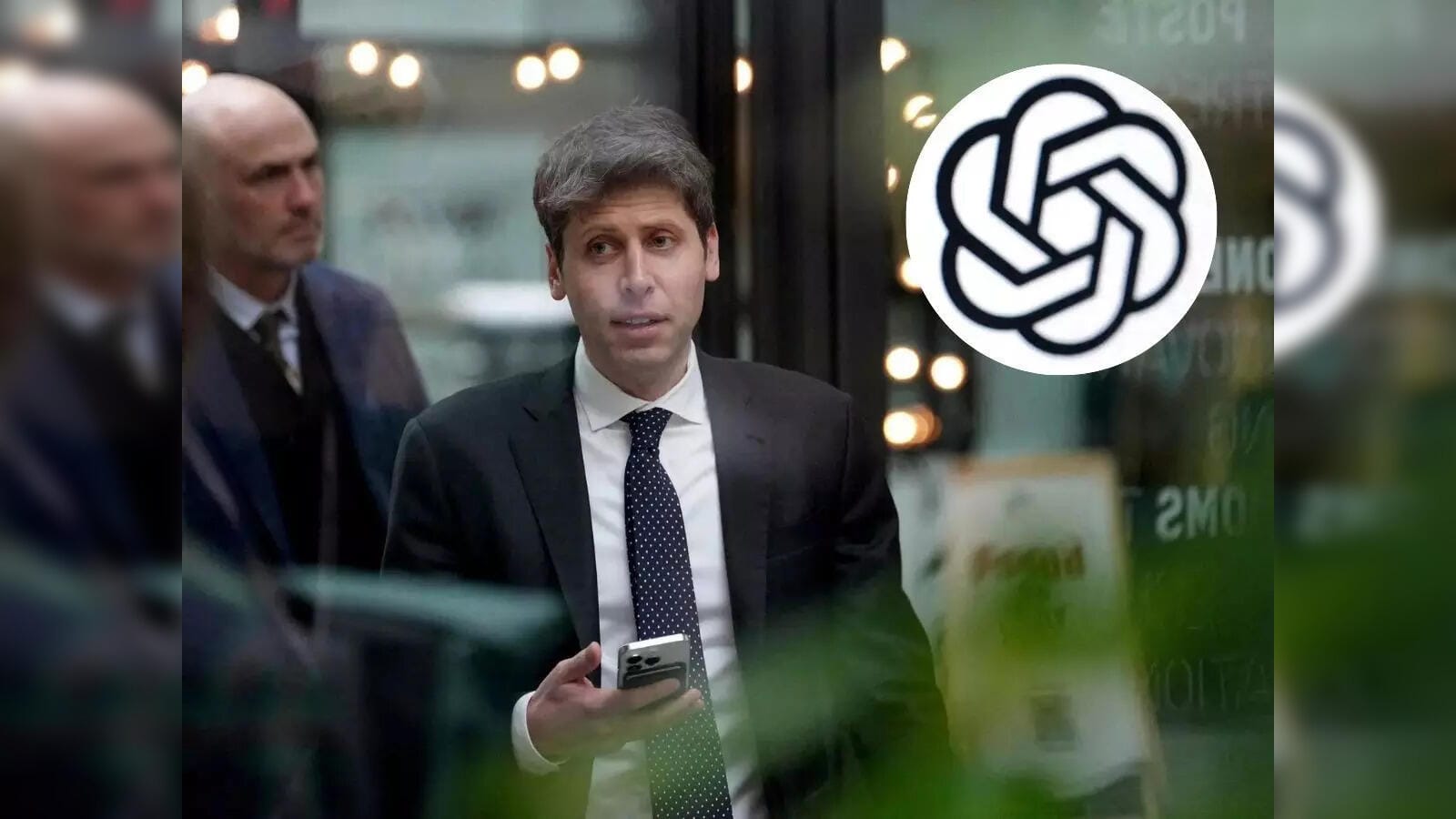
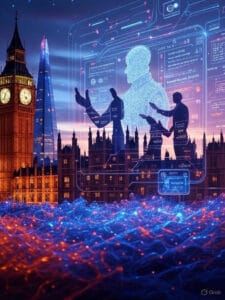

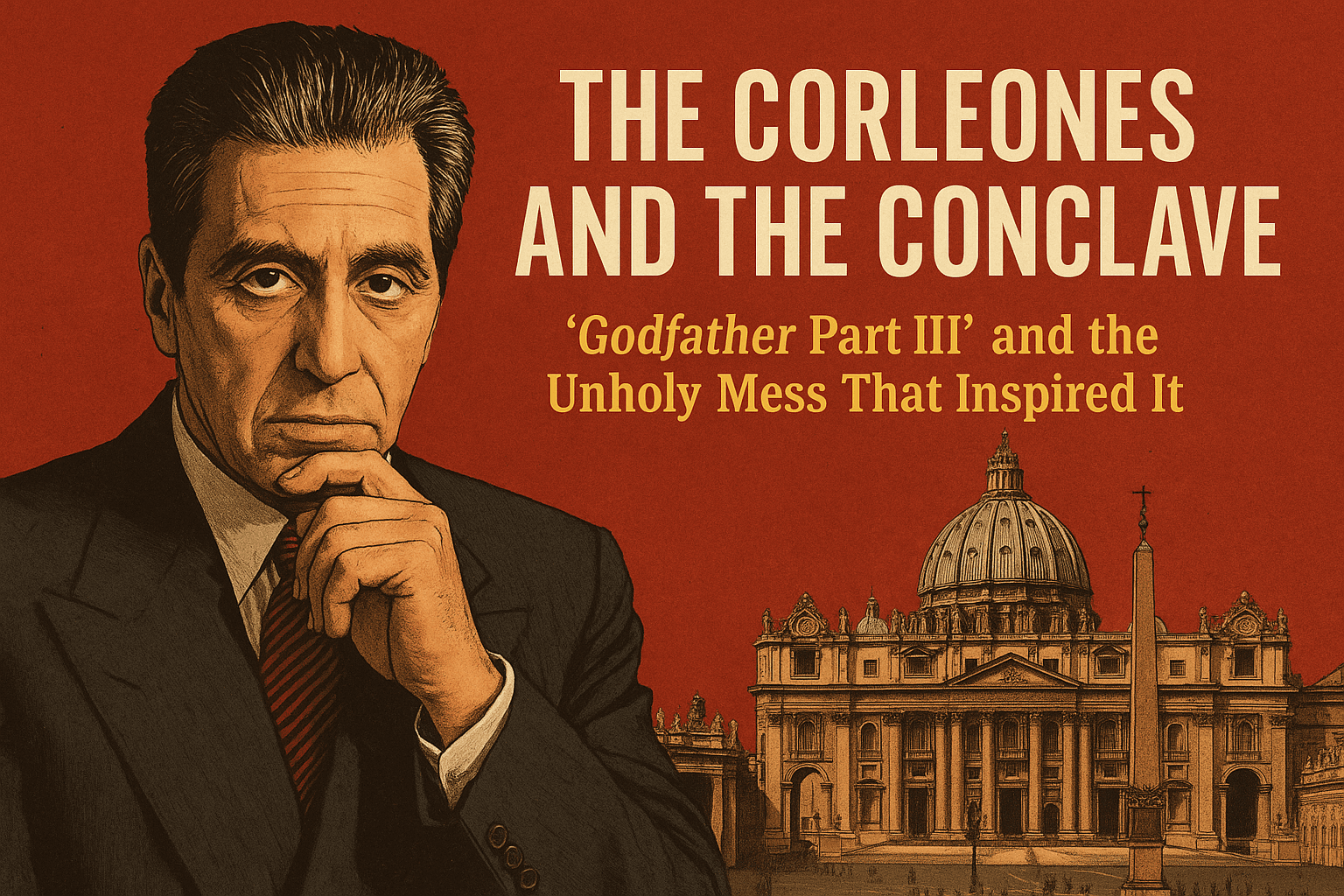
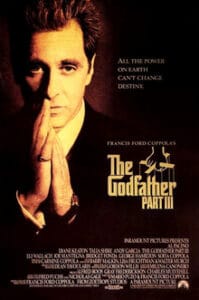



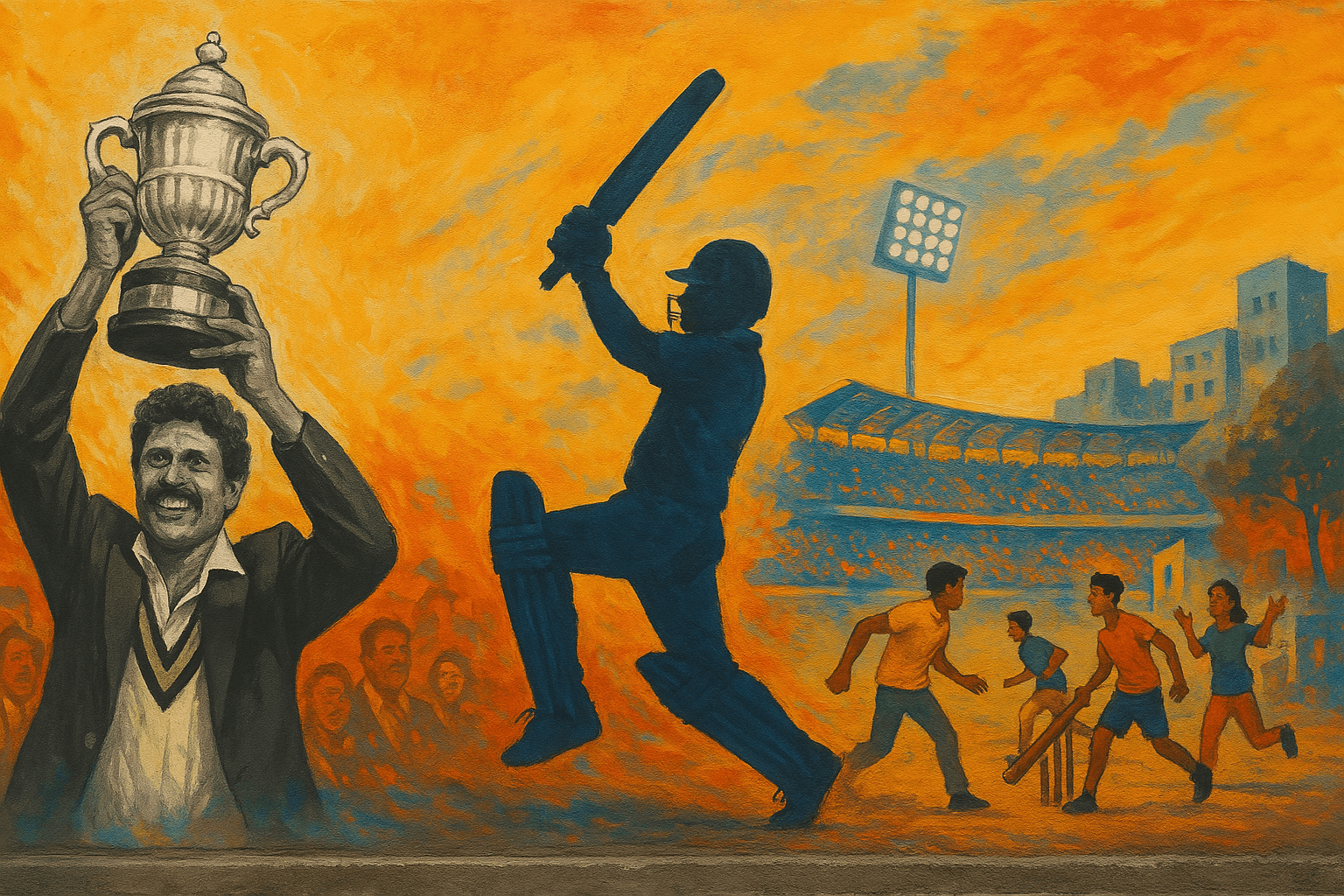

 While the world often focuses on the IPL and international matches, the true “next milestone” in Indian cricket lies in its vast, vibrant, and increasingly sophisticated amateur ecosystem. This segment, often operating “off the radar” of formal boards, is the enduring fuel that sustains India’s cricketing machine.
While the world often focuses on the IPL and international matches, the true “next milestone” in Indian cricket lies in its vast, vibrant, and increasingly sophisticated amateur ecosystem. This segment, often operating “off the radar” of formal boards, is the enduring fuel that sustains India’s cricketing machine.